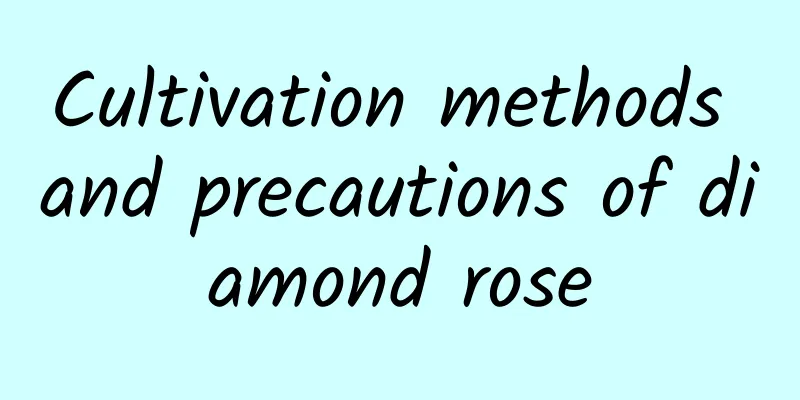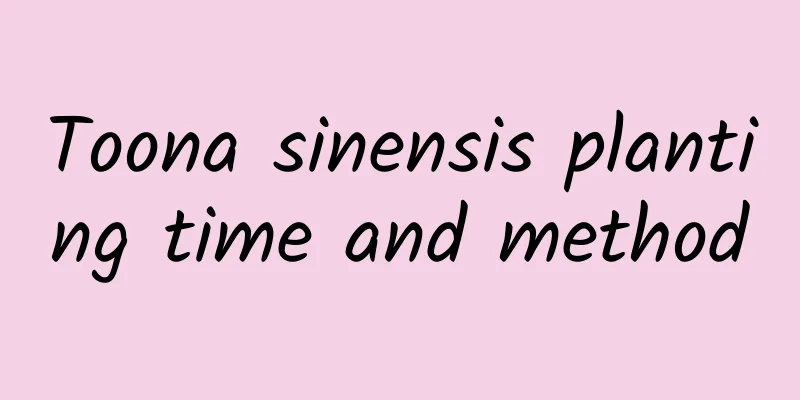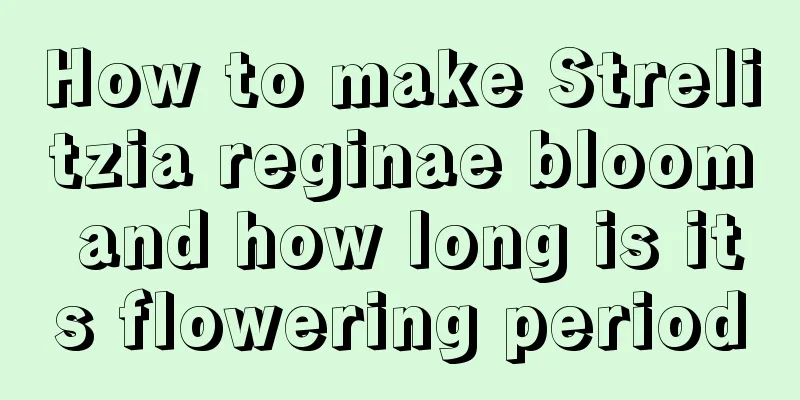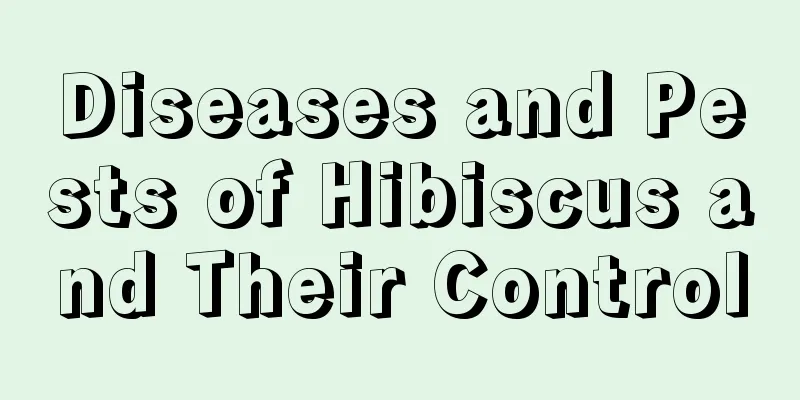Cultivation methods and precautions of diamond rose

|
Diamond rose is an easy-to-grow flower. It is a miniature variety of rose. Because of its short branches and small flowers, it is named "diamond rose" or "pocket rose". How to grow diamond roses1. Soil Diamond roses are generally adaptable to a wide range of soils, but loose, breathable, organic-rich, slightly acidic soil with a pH of 5.5 to 6.0 is preferred. If you prepare the soil yourself, be sure to disinfect it. 2. Sunlight Diamond Rose is not resistant to moisture. If it is placed in a humid and unventilated location, it will not be able to carry out photosynthesis, causing its leaves to turn yellow and grow too tall. It is best to place it in a place with scattered light and ensure that it has sufficient light for six hours a day. 3. Watering Diamond Rose is a relatively drought-resistant plant. When watering, you should follow the principle of watering when the soil is dry and watering when it is wet. If you water too much, you should stop watering immediately and place it in a dry and ventilated place for maintenance. When the leaves turn green, you can resume normal maintenance. 4. Fertilization If the diamond rose wants to bloom more flowers, it needs to provide sufficient fertilizer. Generally, when planting, you can apply some decomposed fertilizer, apply compound fertilizer containing nitrogen and phosphorus fertilizers during the growth period, and before flowering, add phosphorus fertilizer to prolong the flowering period. Diamond Rose Maintenance PrecautionsDiamond Roses should pay attention to the maintenance methods in summer. Usually the temperature is higher in summer, and it is basically not suitable for watering during the day. Once the flowers are watered too much under the scorching sun, it is easy for the water temperature in the flowerpot to be too high and burn the roots. It is best to water them at night and in the morning. In addition, Diamond Rose is prone to diseases and pests in summer, which cause the leaves to turn yellow and be eaten by pests. It can be controlled with pesticides. The environment should be kept ventilated at ordinary times, and dense branches and leaves should be trimmed to increase ventilation. |
<<: Spider Orchid cultivation methods and precautions
>>: When is the best time to transplant magnolia?
Recommend
Causes and treatments for yellow leaves of lucky bamboo
1. Lack of nutrition 1. Reason: If you do not app...
The difference between Areca palm and Coconut palm
1. Morphological characteristics Areca palm, also...
Should I cut off the yellow leaves of the fortune tree?
1. Need to be cut off When yellow leaves appear o...
Is Datura poisonous?
Is it suitable to grow Datura at home? Green flow...
How to prune the goldfish plant (pruning time and method)
When to prune the goldfish plant It is better to ...
What to do if the fortune tree dies
1. Dealing with root rot If the trunk near the ro...
10 Best Flower Options for Your Garden
1. Hydrangea Hydrangeas are suitable for planting...
When and how to plant tomatoes
Tomato Planting Time When planting tomatoes, you ...
Cultivation methods and precautions of Malus truncatum
Farming methods soil The soil requirements of the...
How to grow honeysuckle quickly
1. Soil and fertilizer You must choose soil that ...
How to propagate Chinese evergreen
Propagation by division Division propagation is m...
What fertilizer should be used for fertilizing Epiphyllum? Can it be fertilized when the flower buds are growing?
1. What fertilizer to use for fertilization 1. Sp...
When is the best time to plant potted strawberries?
When is the best time to plant? In fact, strawber...
What to do if the leaves of the dragon beard tree turn yellow and dry
1. Reduce watering Reason: If you do not scientif...
How to breed the little human sacrifice
Specific breeding methods In fact, its reproducti...









